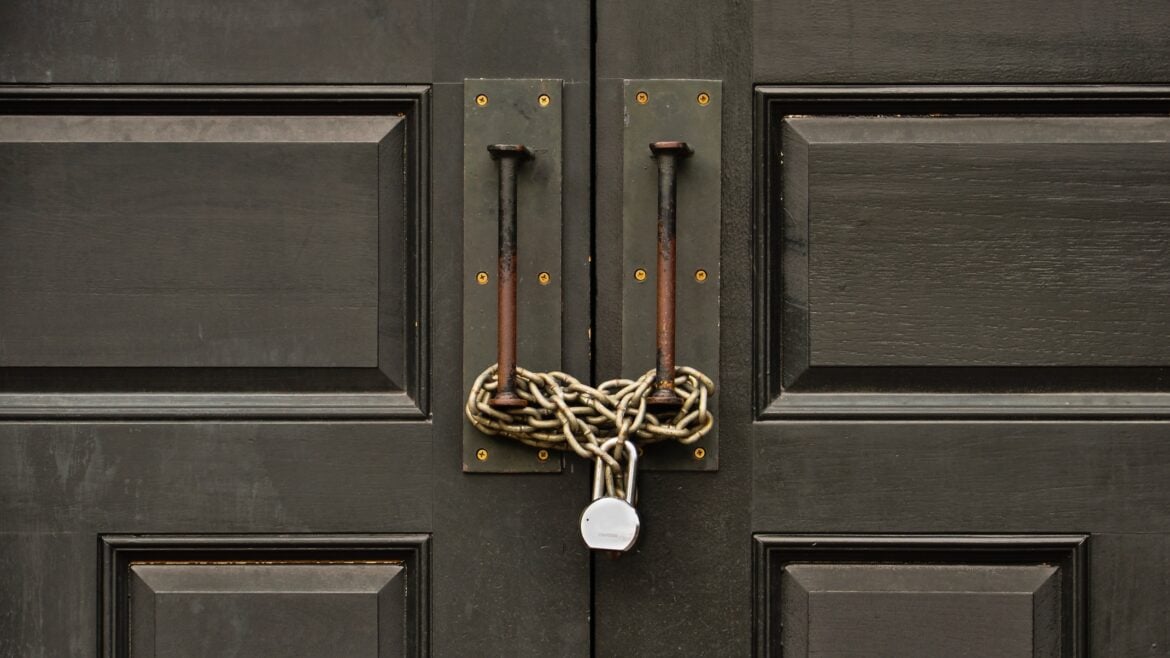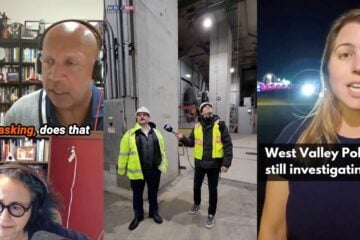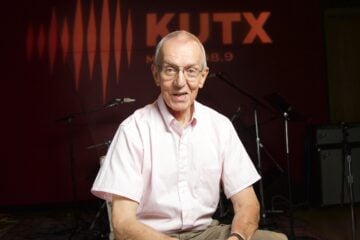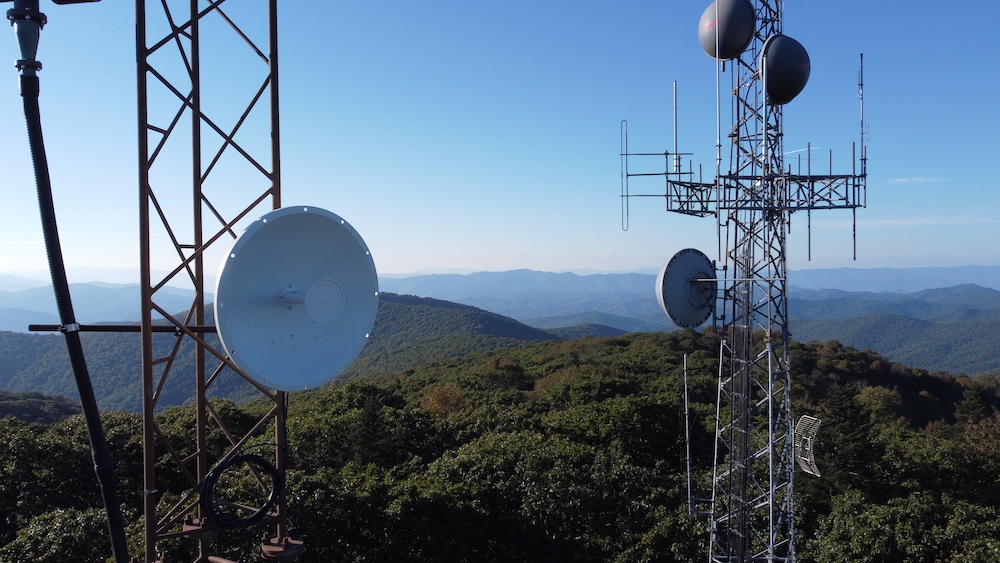Why is public TV shutting out independent producers?

meanmachine77 / iStock
Something is wrong with the public television organism — the interlocking system that joins all of us on screens across the country.
I do not mean the vile attack on PBS by the current administration, destructive as that is. I mean something else, something that has eroded what was once a splendid idea and an ever-changing, lovely work in progress.
I say this from the perspective of 63 years as a producer, director and executive at several public TV stations with hundreds of hours of prime-time programming (series and one-offs) to my credit.
In its original form, as we all know, educational/public television was a locally focused series of individual enterprises, each station airing what worked for its particular audience.
Important shows of national interest were bicycled and, later, sent by satellite. Stations could take them or leave them. National Educational Television was the primary source of such programs, but individual splinter groups (the Eastern Educational Network, for instance) and individual stations would suggest that other stations air their products.
Then, at the insistence of Fred Friendly at the Ford Foundation, PBS and CPB were born. At first, that didn’t interfere with local programming. At WNDT, the precursor to WNET, we could air an NET program or not, or preempt one of our own series or not. We knew our own audience and tried to program for it.
That morphed. And why that is unfortunate can be seen in the following tale.
About 10 years ago, after decades of working for stations, I began making documentaries by myself as writer, director, camera and editor. (My program about Pete Seeger aired on 153 stations some years ago.) A few weeks ago, I finished a rather quirky hour and sent a note to 12 major public TV stations (all of which had aired the Seeger show) asking if they wanted to use my program gratis.
To my surprise, I never heard from 10 of the stations, even after a follow-up email. (That would have been called rude in my day, but I gather “ghosting” is all the rage now.) Two stations did respond but made clear that they take programming only from American Public Television and the National Educational Telecommunications Association.
What? What happens to the independent producer who has created something quirky or controversial or amazingly special that NETA or APT don’t think is of broad interest?
Why would a program manager turn over such decisions to yet one more organization when, already, PBS determines what stations must air and when in every weekday prime time?
And what happens to the local audience, which needs not what PBS or APT is touting but something special? When we started SOUL! at WNDT in 1968, it was meant for our local audience. That was its main reason for being.
We have lost what public TV was meant to bring to our own special viewers. And, in doing so, we have lost what was special about public television.
In addition to writing, producing, directing and editing documentaries, Christopher Lukas has published 15 books on a variety of subjects. He also acts in local theatrical productions. His most recent work for the home screen includes Maricon, a half-hour docudrama about the boxer Emile Griffith, and Pete Seeger’s Legacy, a documentary for the 100th anniversary of Seeger’s birth.







Former (retired) program director here. I used to enjoy working with independent producers, but doing so came with additional work and potential pitfalls. My station was a university licensee, and the purchasing department needed every “i” dotted, even when it came to “free” programs. (Believe me, I struggled with them every year over the Metropolitan Opera radio contract.) The advantage of using programming from APT and NETA was that we had *one* agreement with each distributor, so I didn’t have to run every individual show past legal.
Among the factors I considered in deciding to use an independent production were its subject matter (all I know about this show is that it’s “quirky”); length; and its editorial and technical quality. I would also want to know the producer’s track record; who funded the program; and whether my station was indemnified against legal challenges (that last one was a must-have). APT and NETA shows have already been through such a vetting process.
One other thing is that, unfortunately, there are fewer station program directors in public broadcasting. A lot of stations, my former employer included, farm out that function to programming services. Personally, I’ve always felt the use of such services worked against the most basic argument of public broadcasting’s worth: that the decisions were being made locally. However, as with automation, pre-recorded radio hosts and shared master controls, program services are a crutch for budget-conscious stations.
To a good degree, many stations are concentrating their efforts and resources on local productions. Programs that are for and about the local audience they serve and are in many ways dependent on.
Many stations also carve out time in their prime-time schedules just for such locally-produced programs. Indeed, many do adhere to the rules that PBS set forth for stations, but when I last looked, local programming is an automatic exemption from the national feed.
I don’t believe it a matter of stations purposely “locking out” independent producers. It’s a matter that local station have prioritized local stories and local content, as a local public TV station.
I served as an interim public television programmer while the station’s licensee, a Community College District, participated in the FCC’s Broadcast Incentive Auction.
During this period, the District provided funding to lease programming from APT’s Exchange division. No funding was allocated by the District for new studio or remote local productions.
In order to maintain a modicum of the station’s once vibrant and visible local profile, even as the end of its tenure as a public television broadcaster was imminent, I reached out, contacting sources of independent programming produced in the local community and sources of independent programming of local interest.
I made it clear my public television station would not compensate any independent producer in exchange for the rights to broadcast their program. Also, in my request for programming, I insisted that all programming must have closed captioning, generally an additional cost to local producers. When feasible, I offered a prime-time slot as an additional incentive.
This search yielded no well-known or established independent producers such as Mr. Lukas even though the station’s broadcast service area happened to be located in one of the nation’s top ten TV markets.
Instead, local independent producers outside of ‘the public television organism’ responded and offered their productions for broadcast gratis. These were producers not expecting a public television broadcaster to take an interest in their productions.
I took responsibility for reviewing programs in real time for content and editorial issues and technical quality. Length was not necessarily an issue. Not all programs submissions were suitable for broadcast. I also made sure that productions secured from independents and selected for broadcast were properly listed in the program guide available through PBS.
On average, my efforts resulted in about ten hours of local programing a week or about 6% of our weekly broadcast schedule.
I also utilized vintage short and long form local programming produced by the station, nurtured legacy relationships with local producers to acquire their recent productions and received local content support from our companion FM radio station.
With assets from these sources, the station gained another fifteen hours of local programing a week or about another 9% of our weekly broadcast schedule.
In summary, the station was able to serve the local public in our final years thanks to the help of many independents producers.